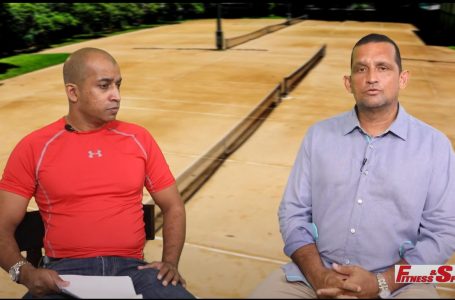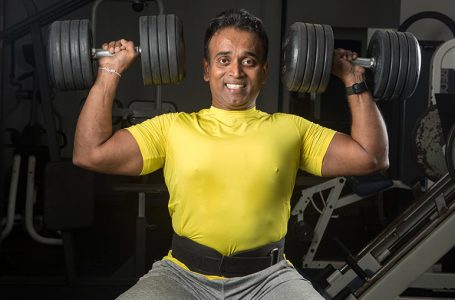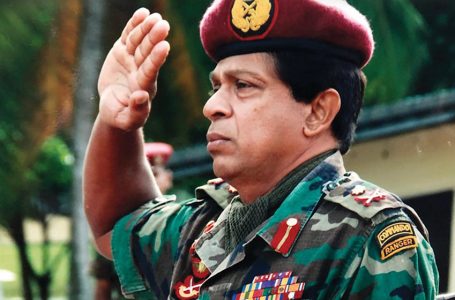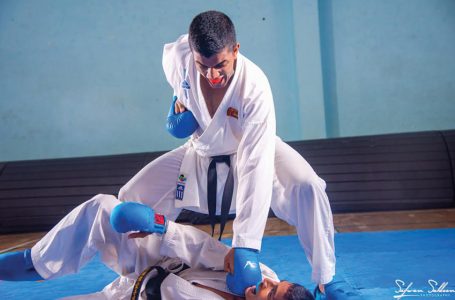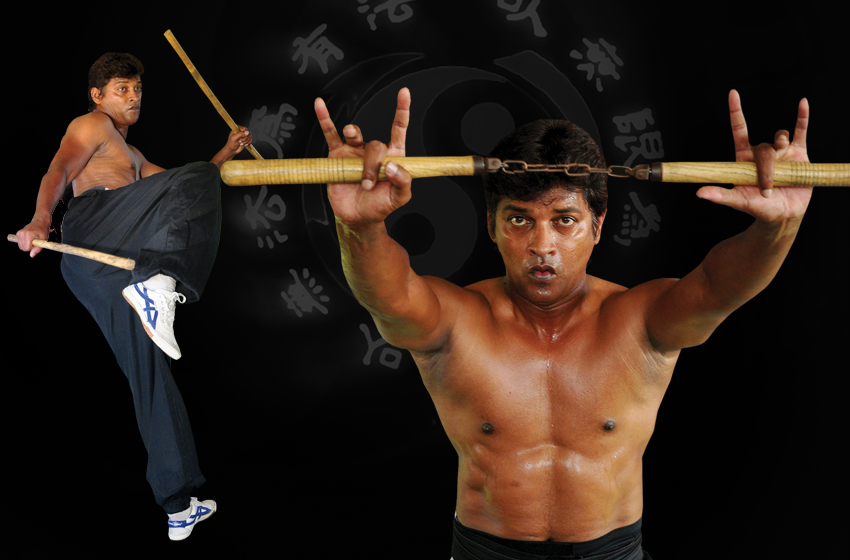
When one hears the words Jeet Kune Do there are few things that come to mind. For those familiar with martial arts they think of Bruce Lee, for some they think of some sort of martial art and others they just don’t know.
Jeet Kune Do when translated into English is “The way of the intercepting fist”. The founder of this art is none other than the martial arts legend himself Bruce Lee. To understand Jeet Kune Do it is important to know where it came from and how it came. That is why we will now go to its beginning.
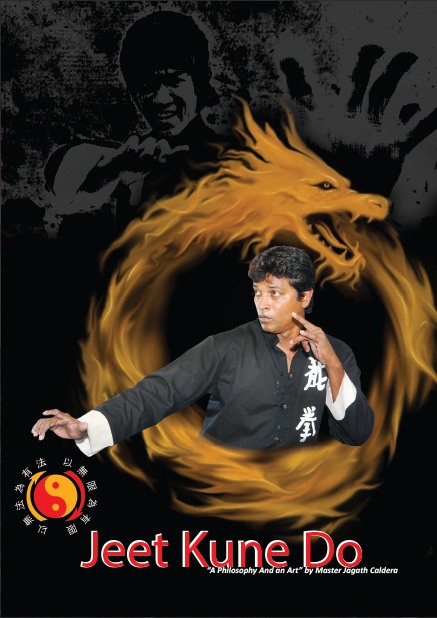
Bruce Lee studied Wing Chun in Hong Kong under the Wing Chun master, Yip Man before he migrated to the United States. In the United States Bruce Lee taught his own brand of Wing Chun calling it Jun Fan Gung Fu (Jun Fan was the Chinese name given to him by his parents).
Devoting himself to the study of martial arts, Bruce Lee was seeking new ways to improve his knowledge and fighting ability. One incident that did help him significantly in this process was a fight he had with another kung fu man. Bruce Lee won this fight but he was not happy with his performance as he believed that the fight could have ended sooner than it did. He then began to think about how he could have finished it sooner. Some of his students were experts in other martial arts so he fought with them to learn the strengths and limitations of the different fighting arts.
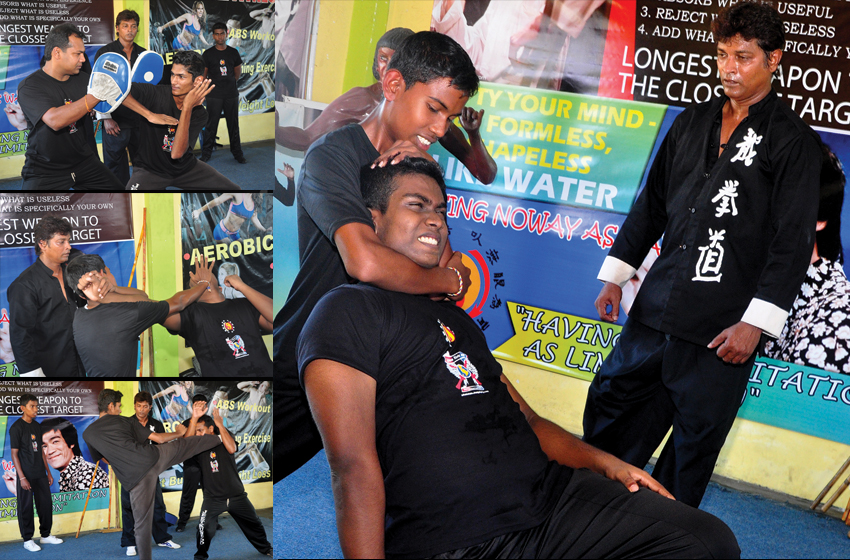
To study Jeet Kune Do, one must have an empty mind and should be free and formless, just like water, advised Bruce Lee. Jeet Kune Do or JKD as it is popularly known is not only a very effective and practical fighting system but also a way of life whose practice preserves both the body and the soul.
Master: Jagath Caldera
agath Caldera is 51 years old and has practised the martial art jeet kune do for almost 20 years. Here is his story…

I come from Nugegoda, I practised the Gojorio style of Karate with my friends who were karate students. They taught me the karate moves they learnt and I practised with them. Around the same time I also studied boxing at St John’s Nugegoda for
2 years. Though I trained in boxing I was unable to compete as I was over the age limit for competitions at that time.
After leaving school I continued to practise karate with my friends and went for grading to the late Sensei Dammika Jayakody. I earned a Yellow Belt. Then I began to study Aikido for a year under Sensei Kumar Ratnam and earned the 9th Kyu.
At the age of 22 I began to study Jeet Kune Do which I continue to train, learn and teach. My first Jeet Kune Do instructor was Master Praja Nanayakara. I was his student for 5 to 6 years. I also trained in Aikido under him.
src=”https://fitnessandsports.lk/wp-content/uploads/2020/08/jkd-5.jpg” alt=”” width=”234″ height=”300″> In 1995, I began conducting my own classes in JKD in the Borella YMBA. In that same year I also started teaching in Gampaha, Kegalle, Nittambuwa, Maharagama, Weyangoda, Wellawatte, Nugegoda and Ananda College in Colombo. At that time classes were once a week for a 2 hour session.
During that time, two goals came to my mind.
1. To teach the true art of Jeet Kune Do to Sri Lanka
2. To be the number 1 Jeet Kune Do instructor in Sri Lanka
nterest in martial arts in Sri Lanka and I was becoming well known in this arena. I used to conduct my classes in rented spaces as I did not have a teaching space of my own. I was like a gypsy travelling and teaching my art. I realised that this had serious limitations for my students and my own personal training.
 In the year 2000 my first own teaching space was my home in Nugegoda. It was a small place but strong to withstand the practise of Jeet Kune Do. I taught classes seven days a week. I had now over 200 students. In addition to this I taught in schools.
In the year 2000 my first own teaching space was my home in Nugegoda. It was a small place but strong to withstand the practise of Jeet Kune Do. I taught classes seven days a week. I had now over 200 students. In addition to this I taught in schools.
It is of utmost importance that we better ourselves in whatever we do. As soon as the internet came to Sri Lanka I used the resources available on the web to further my knowledge of JKD and its practice. My students also brought me books on Bruce Lee’s own fighting methods along with a video. I still keep researching on Jeet Kune Do for the benefit of my students and myself.
My aim is to spread the philosophy of Jeet Kune Do and its fighting methods throughout Sri Lanka. This will make our people stronger both mentally and physically. It will also enable them to handle any kind of situation. Most importantly it will help them find happiness in life, which at the end of the day is what life is all about.
Fighting Fit
An individual with any fitness level can begin the study of Jeet Kune Do. Afterwords it is important to gradually increase their level of fitness to practise the art to their best ability. Jeet Kune Do physical training involves stretching and strengthening. Both body weight exercises and weight training exercises are used to strengthen the body for Jeet Kune Do. If you see the pictures of Bruce Lee, he was very muscular, fit and agile.
Examples of Some Body-Weight Exercises
Warm up & Stretching: We do full body stretches as well as upper and lower body stretches. We do a 5-6 minute on the spot jog to warm up. We then follow with jumping jacks and other forms of jumping exercises.
Push ups: This is done on both the palms and the knuckles. Different variations of the hand positions are used to strengthen different muscles. If you can do 40 push ups without stopping then you are in good condition for Jeet Kune Do.
Sit ups: This is done with the knees bent for full sit ups and half sit ups.
Leg raises: We do different types of leg raises at different angles to further strengthen the stomach muscles. It is important that we focus special attention to the stomach area.
Weight Training Exercises
Weight training is done on days the students are not training in Jeet Kune Do techniques as to prevent over training. Exercises are done for 3 Sets of 8 repetitions.
- Bench Presses (Flat Barbell, Incline Barbell, Flat Dumbbell and Incline Dumbbell Press)
- Military Press
- Barbell Squat(Full & Half Squat)
- Leg Press
- Upright Rows
- Barbell Rows
- Bicep Curls and Forearm Curls


